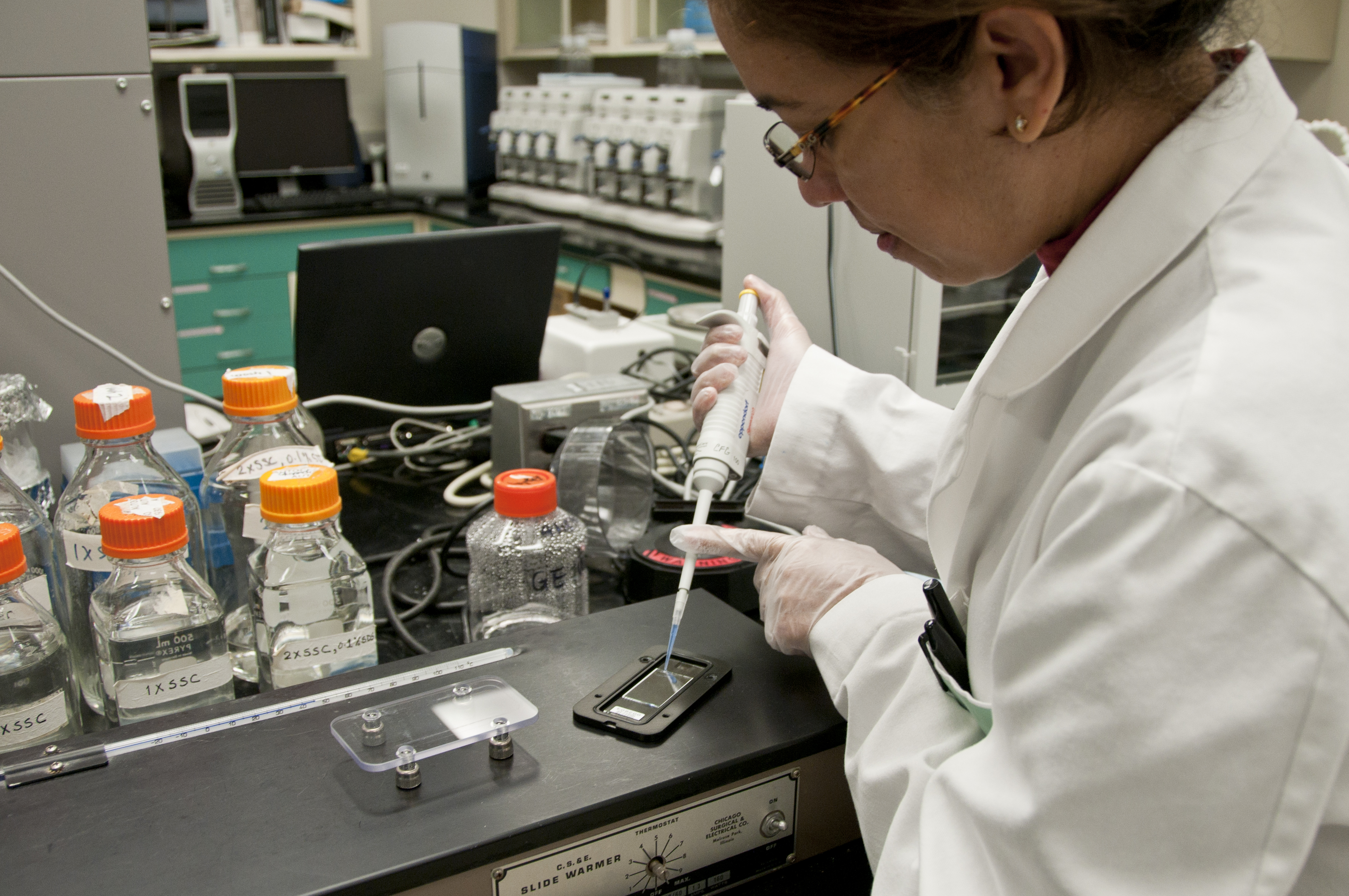
Photo from academic.microsoft.com
The most common reactive material used for the construction of a permeable reactive barrier (PRB) is zero valent iron (ZVI), however, its processing can generate corrosive effects that reduce the… Click to show full abstract
The most common reactive material used for the construction of a permeable reactive barrier (PRB) is zero valent iron (ZVI), however, its processing can generate corrosive effects that reduce the efficiency of the barrier. The present study makes a major contribution to understanding new reactive materials as natural and synthetic, easy to obtain, economical and environmentally friendly as possible substitutes for the traditional ZHV to be used as filters in the removal of three transition metals (Zn, Cu, Cd). To assess the ability to remove these pollutants, a series of batch and column tests were carried out at laboratory scale with these materials. Through BACH tests, four of seven substances with a removal percentage higher than 99% were prioritized (cabuya, natural clinoptilolite zeolites, sodium mordenite and mordenite). From this group of substances, column tests were performed where it is evidenced that cabuya fiber presents the lowest absorption time (≈189 h) while natural zeolite mordenite shows the highest time (≈833 h). The latter being the best option for the PRB design. The experimental values were also reproduced by the RETRASO code; through this program, the trend between the observed and simulated values with respect to the best reactive substance was corroborated.
Journal Title: International Journal of Environmental Research and Public Health
Year Published: 2021
Link to full text (if available)
Share on Social Media: Sign Up to like & get
recommendations!